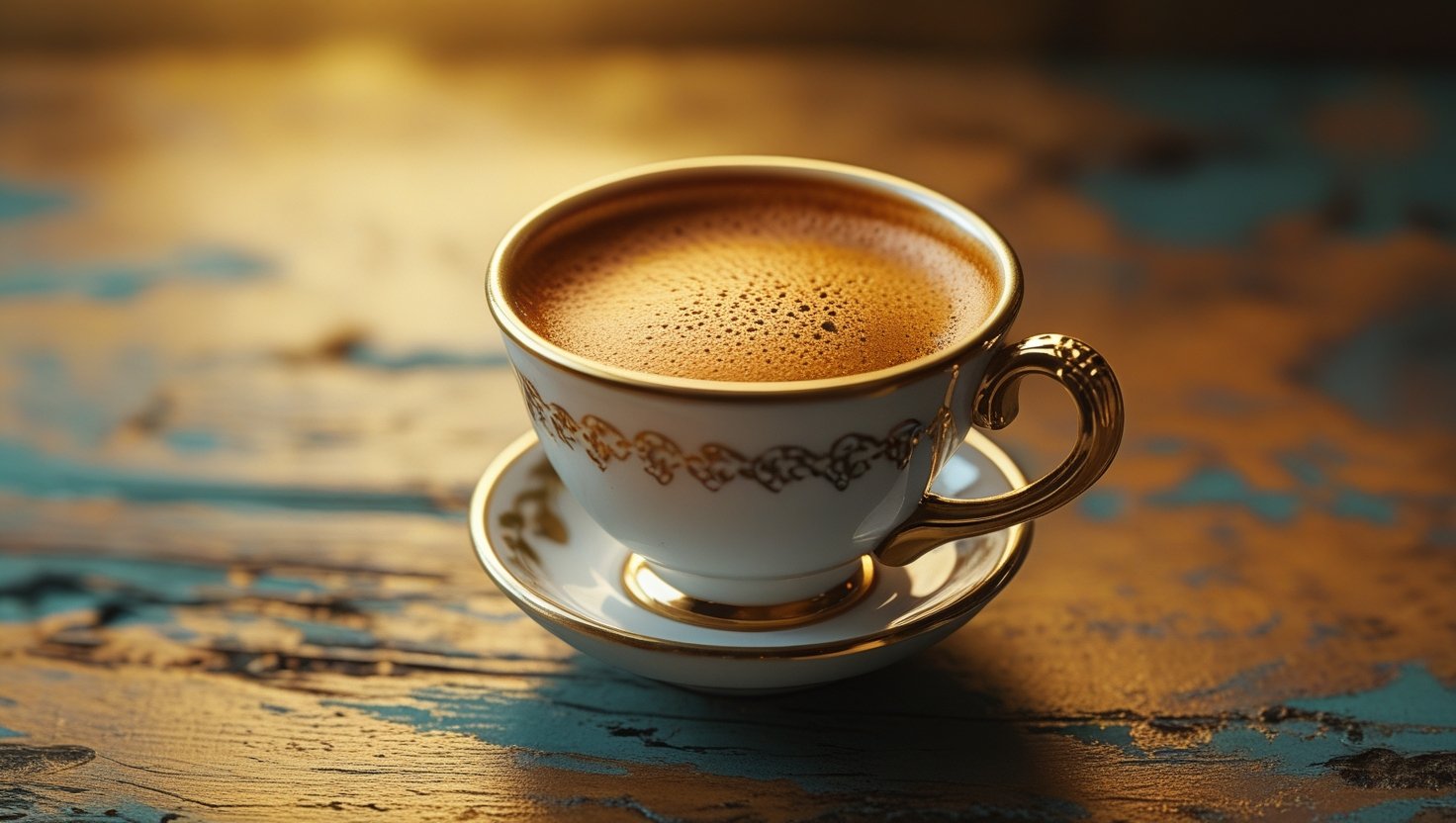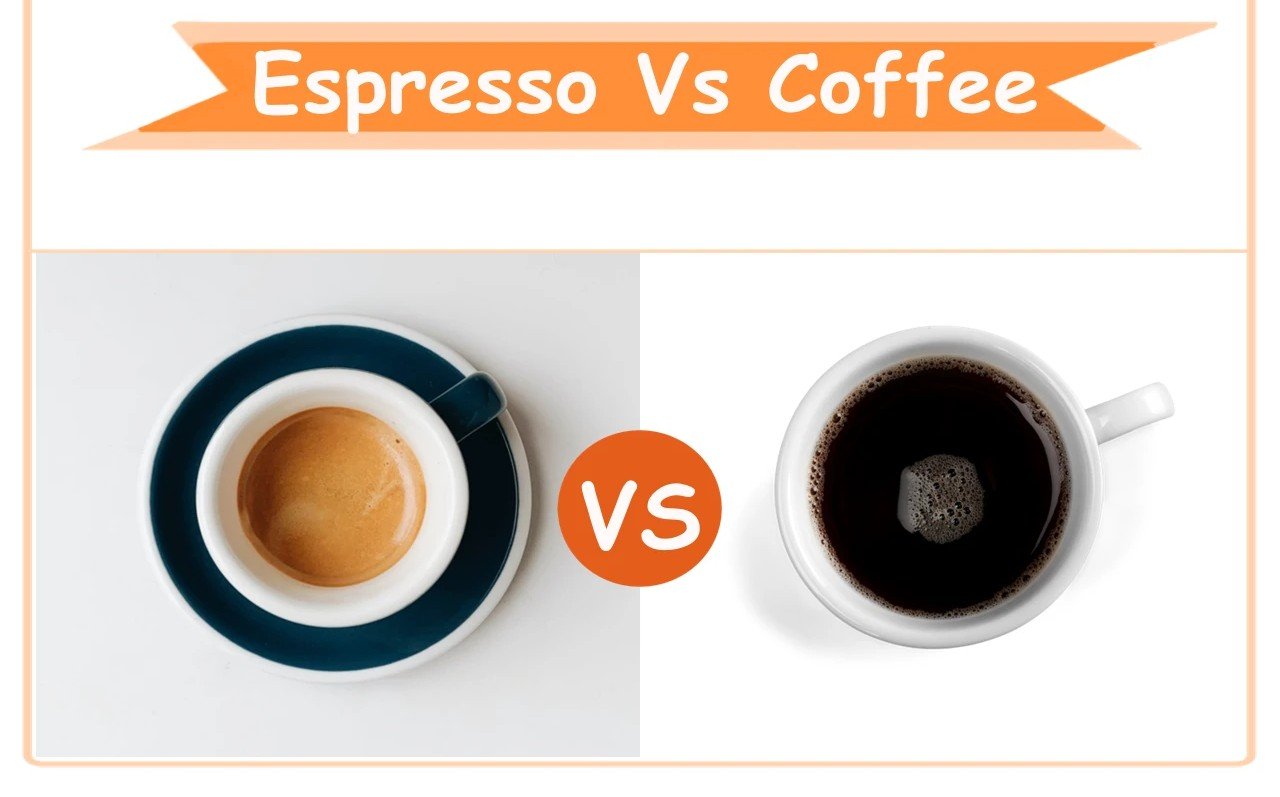☕ The Little Shot That Packed a Surprise

Josh was running late for his first day at a new creative agency in Austin. Knowing he needed a boost, he skipped his usual drip coffee and ordered a double shot of espresso from the café next to the office.
The barista handed over a tiny cup, barely two ounces. Josh blinked. Was that it?
But 15 minutes later, his heart was racing, his mind was sharp, and his body was practically vibrating with energy. “That tiny drink hit me harder than my usual 16-ounce cup,” he told a coworker.
So, the question was planted: Is espresso actually stronger than regular coffee—or does it just feel that way?
Let’s break it down.
First, Define “Stronger”
The confusion around espresso vs coffee comes from the many ways we define “strength” in coffee:
-
Caffeine content
-
Flavor intensity
-
Concentration (coffee-to-water ratio)
Depending on what you mean by “stronger,” espresso can be both weaker and stronger than regular coffee. Let’s unpack each factor—because coffee is more than just a numbers game.
What Is Espresso?
Espresso is a brewing method that uses high pressure (around 9 bars) to force hot water through finely ground coffee for a short extraction—usually 25 to 30 seconds.
☕ Typical Espresso Shot:
-
Volume: 1–1.25 oz (single shot)
-
Caffeine: ~63 mg
-
Taste: Bold, concentrated, rich
What Is Regular Coffee?
When people say “regular coffee,” they usually mean drip coffee or pour-over, brewed using gravity and time—often 3–5 minutes.
☕ Typical Drip Coffee:
-
Volume: 8–12 oz (per cup)
-
Caffeine: 95–200 mg per serving, depending on size and beans
-
Taste: Mellow, more acidic, cleaner
1. Caffeine: Who Has More?
Here’s where it gets tricky.
📊 Caffeine Comparison
| Coffee Type | Serving Size | Caffeine (mg) |
|---|---|---|
| Espresso (1 oz) | 1 oz | ~63 |
| Drip Coffee (8 oz) | 8 oz | ~95–140 |
| Cold Brew (12 oz) | 12 oz | ~150–250 |
| Instant Coffee (8 oz) | 8 oz | ~60–80 |
🔍 Source: USDA FoodData Central, Mayo Clinic
Per ounce, espresso has the most caffeine.
But per serving, a cup of drip coffee typically gives you more total caffeine because of the larger volume.
So:
-
Espresso is more caffeinated by concentration
-
Drip coffee has more caffeine by quantity
This is why a single espresso shot may feel stronger, but a full mug of coffee keeps you buzzing longer.
2. Flavor Intensity: Espresso Wins
There’s no debate here: espresso packs more flavor per sip than any other brewing method.
-
Tastes bolder: Because of pressure and fine grind
-
Feels thicker: Thanks to coffee oils and crema
-
Less diluted: Only ~1 oz of water per shot
Espresso is a sensory jolt, even before the caffeine hits. That’s why many casual coffee drinkers perceive it as stronger, even if it doesn’t contain more caffeine overall.

3. Coffee-to-Water Ratio: Espresso Is a Concentrate
One of the clearest signs of strength is the brew ratio—how much coffee goes into each ounce of water.
| Method | Ratio |
|---|---|
| Espresso | 1:2 |
| Drip Coffee | 1:15–1:18 |
| French Press | 1:12 |
| Cold Brew | 1:4 (concentrate) |
Espresso uses a much higher dose of grounds for a much smaller amount of water. It’s essentially a coffee concentrate, just like undiluted cold brew.
That explains why espresso is so dense in flavor and body, even though it’s tiny.
But What About the Jitters?
Espresso’s fast, concentrated caffeine delivery can create a quicker energy spike, leading to:
-
Rapid alertness
-
Sudden focus
-
Increased heart rate (in sensitive individuals)
Meanwhile, drip coffee offers a slow-release caffeine experience, thanks to its volume and slower consumption.
So, if you’re prone to caffeine sensitivity, a double espresso might feel “too strong” despite having less caffeine than a full mug.
The Role of Bean Type & Roast
Strength isn’t just about how coffee is brewed. Two other factors play a major role:
🫘 1. Bean Type
-
Robusta beans = More caffeine (twice that of Arabica)
-
Arabica beans = Smoother, less bitter, lower caffeine
Espresso blends often include some Robusta to increase crema and strength, while most drip coffees use 100% Arabica.
🔥 2. Roast Level
-
Light roast = Slightly more caffeine (contrary to myth)
-
Dark roast = Stronger flavor, slightly less caffeine
So yes—espresso may taste stronger, but it could be lower in caffeine if it’s made from dark-roasted Arabica beans.
Myth: Espresso Is the Strongest Coffee
While espresso is the most concentrated, it’s not the most caffeinated by volume.
In fact, many people are shocked to learn that:
-
A 16 oz cold brew can have up to 300 mg of caffeine
-
A drip coffee refill can exceed 200 mg
-
Even instant coffee, when doubled up, can beat a single shot
🚨 So if you want caffeine volume—not intensity—espresso isn’t the strongest option.
What About Specialty Espresso Drinks?
Many coffee shop drinks use multiple espresso shots:
| Drink | Shots | Est. Caffeine (mg) |
|---|---|---|
| Latte (12 oz) | 1–2 | ~63–126 |
| Cappuccino | 1 | ~63 |
| Flat White | 2 | ~126 |
| Americano | 1–2 | ~63–126 |
| Macchiato | 1 | ~63 |
So even if espresso alone is small, the cumulative caffeine adds up fast.
And because it’s often mixed with milk or foam, the strength feels less intense, which can lead to overconsumption if you’re not careful.
Where Coffea Alchemy Can Help
At Coffea Alchemy, we believe that strength in coffee is about balance—not just buzz. Whether you love the intensity of espresso or the clarity of pour-over, we help curious coffee lovers decode the brewing ratios, caffeine content, and flavor dynamics of every cup.
Because understanding what’s in your mug is the first step toward brewing mastery.
Final Thoughts: So, Is Espresso Stronger?
Let’s recap:
-
Flavor-wise? Yes, espresso is stronger.
-
Per ounce of caffeine? Yes, espresso is stronger.
-
Per serving of caffeine? No, drip coffee usually has more.
-
Per impact on your senses? Depends on your sensitivity and serving size.
In the end, espresso isn’t just a strong coffee—it’s a different style of coffee. A powerful little shot with an outsized personality.
So, next time you’re at the café, ask yourself:
Do you want a long, slow energy curve—or a fast, bold jolt to kickstart your day?
Related Post
Our newsletter
Subscribe to our weekly newsletter & keep up with our latest recipes and organized workshops. You can unsubscribe at any time.
SUBSCRIBE (100% FREE)

